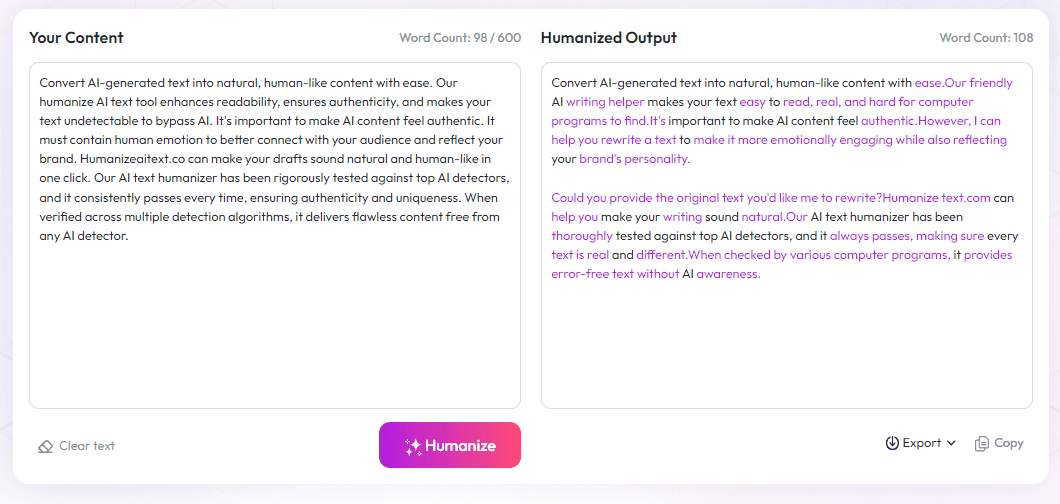Table of Contents
Researching alternate history can sound tricky, especially if you're not sure where to start. It’s easy to get overwhelmed by all the different steps or lose track of how changing one event impacts the bigger picture. But don’t worry—you can break it down into simple parts that make the process fun and manageable.
Keep reading, and I’ll show you how to figure out what to change, gather the right details, and keep everything believable—all while sparking your creative side. Soon, you’ll be well on your way to crafting your own version of history that’s both interesting and logical.
In this guide, I’ll walk you through the key steps, from choosing the main event to visualizing your alternate world, so you can start exploring new stories without the confusion.
Key Takeaways
Key Takeaways
- Choose a major event as your divergence point that can cause visible changes, like a different outcome in a war or key political decision. This sets the foundation for a believable alternate history.
- Gather solid facts from reliable sources to ensure your story is based on real details, including dates, culture, and technology, so it feels authentic.
- Think through how your change triggers chain reactions—what new borders, technologies, or social shifts might happen as a result?
- Research perspectives from the time period to help create characters and reactions that fit the altered world, making your story believable.
- Balance facts with creative ideas by using real history as a base, then adding imaginative elements that make your scenario stand out.
- Create a clear timeline of changes to visualize how the event impacts future developments and maintain internal consistency.
- Design characters who react naturally to the new world, reflecting its cultural and political landscape, to keep your story relatable.
- Use visuals like maps and flowcharts to organize complex ideas and help others understand your alternate history easily.
- Check your work for logical consistency, ensuring all parts fit together and nothing contradicts the established facts.
- Share your ideas with fellow writers or history buffs for feedback, which can help you spot issues and improve your scenario.

1. Decide the Key Change in History (Point of Divergence)
The first step in researching alternate history is pinpointing the exact event or decision that diverges from actual history, known as the Point of Divergence.
This is the moment where reality splits into a different pathway, like a fork in the road.
Choosing this carefully sets the foundation for your entire scenario, so pick an event with enough impact to cause noticeable effects—think major battles, political decisions, or technological breakthroughs.
For example, imagine what might have happened if the Axis powers had won World War II or if the transcontinental railroad was never completed.
Understanding the significance of your divergence helps you shape a more believable alternate timeline.
It's helpful to review historical debates and scholarly theories about key events—this feeds into choosing a divergence point that’s both compelling and plausible.
2. Gather Accurate Historical Details
Next, gather reliable facts about the original event and its context.
Use reputable sources like history books, academic articles, and primary documents—think diaries, government records, or official reports.
This ensures your alternate scenario rests on solid ground and keeps your story believable.
Pay attention to dates, cultural settings, political climates, and technological levels—these details help create a rich, authentic backdrop.
Tools like history databases and digital archives are goldmines for this info.
For instance, if your divergence involves the outcome of a battle, knowing troop movements, leaders’ decisions, and logistical constraints makes your alternate history more convincing.
3. Understand How Changing the Event Affects History
Once you know the facts, think through the domino effects—the butterfly impacts—of your divergence.
Ask questions like: “What if this war ended differently?” or “How would this political decision ripple through society?”
Use cause-and-effect reasoning to sketch out how your change alters the course of events.
Studies like the Department of Defense’s "Alternate Futures for 2025" show that envisioning plausible futures involves identifying key milestones that diverge from reality but remain believable.
For example, a different outcome in WWI could lead to altered borders, cultural shifts, or technological advancements, depending on the divergence point you choose.
4. Consider Different Viewpoints from the Past
Thinking about how people of the time might have perceived events fuels your scenario with authenticity.
Explore writings, speeches, and opinions from that era to understand prevailing beliefs and biases.
This helps you craft characters and reactions aligned with their historical mindsets, making your alternate history feel true to life.
Engaging with diverse perspectives also opens up richer “what-if” questions—like how different social groups might have acted under alternate circumstances.
5. Mix Facts with Creative Ideas Carefully
Now, find a balance between sticking to real history and adding your imaginative twists.
Use facts as anchors, ensuring your scenario remains plausible, then weave in creative elements to make it compelling and unique.
For example, if you're imagining a world where the Soviet Union never collapsed, base your timeline on real ideological and political shifts, but introduce new technological developments or alliances.
It's like cooking—add spices but keep the core ingredients recognizable.
Remember, a good alternate history is rooted in plausibility with just enough embellishment to surprise or intrigue the reader.

6. Create a Clear Timeline of Changes
Mapping out a timeline helps you visualize how the divergence impacts subsequent events and maintains internal consistency.
Start with the Point of Divergence and work forward, noting any altered decisions, battles, or policy shifts.
Use a timeline to identify how long it takes for ripple effects to manifest and whether new developments align logically with the changed events.
Tools like Gantt charts or timeline software can help you organize and see the flow of changed events clearly.
Remember, a well-structured timeline prevents plot holes and makes your alternate history more believable.
7. Build Characters That Fit the New History
Create characters who reflect the cultural, political, and social realities of your altered timeline.
Ask yourself: How do these changes affect their beliefs, jobs, and relationships?
Incorporate historical figures or create new ones that would logically exist in this world, with motivations aligned to the environment you've built.
Characters' reactions and decisions should mirror the era’s attitudes and technological levels, making your scenario feel authentic.
Developing characters thoroughly ensures your story resonates with readers, even when set in a completely different past.
8. Use Visual Tools to Map Out Changes
Visual aids like flowcharts, maps, and diagrams can make complex alternate histories easier to follow.
Draw maps showing altered borders, city growth, or new territories resulting from historical shifts.
Flowcharts can illustrate cause-and-effect relationships between key events.
Digital tools like mind-mapping apps or graphic design software can help create engaging visuals that clarify your scenario.
These visuals are especially useful when pitching your ideas or explaining your world to others.
9. Check for Consistency and Realism
Ensure every part of your alternate history makes sense and fits together naturally.
Cross-reference your facts regularly to avoid contradictions, especially when combining real events with fictional elements.
Ask peers or experts to review your work for plausibility and historical accuracy.
Think about societal norms, technological advancements, and political climates—do they match the time period you've created?
A story that balances fact with fiction feels more believable and keeps readers immersed.
10. Join Communities and Use Resources for Feedback
Engaging with other writers or historians can provide fresh perspectives and spot inconsistencies you might miss.
Online forums like Reddit’s r/AlternateHistory or dedicated writing groups are great for sharing ideas and getting constructive criticism.
Read widely—books, articles, and case studies—to deepen your understanding and gather inspiration.
Attend webinars or workshops focused on historical fiction or alternate history writing.
This collaborative approach helps refine your scenario and boosts your confidence in your universe’s credibility.
FAQs
A point of divergence is the specific event or decision that is changed in a historical scenario, creating a new path and altering subsequent events in the alternate timeline.
Gather reliable sources and verify facts to maintain credibility. Cross-reference details and avoid assumptions to keep the new story believable and consistent with historical context.
Looking at multiple perspectives helps create a balanced and nuanced story, ensuring your alternate history feels realistic and respects the complexities of events and their interpretations.



